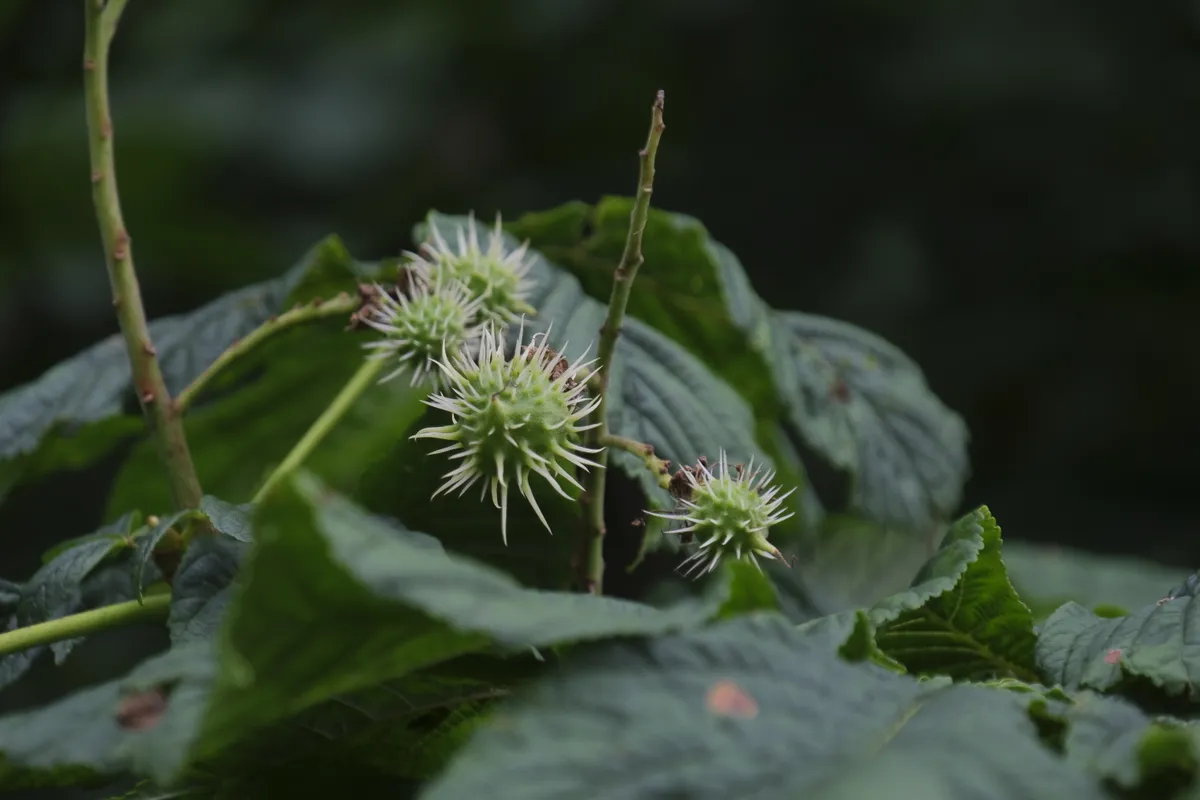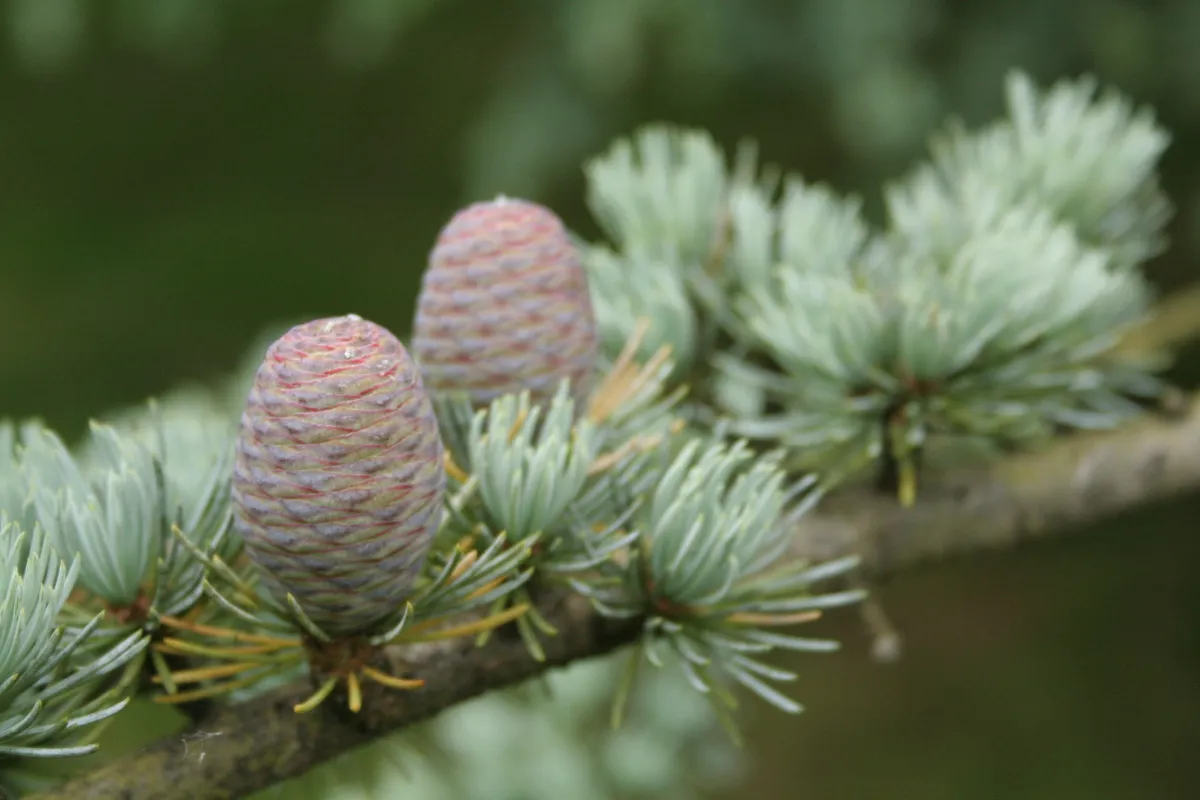Did you know that as many as one in three of the world’s tree species are threatened in the wild? More than 17,500 of the world’s 60,000 tree species are at risk of extinction due to extreme weather, habitat loss and timber exploitation, as well as the global spread of pests and disease.
The collection of 15,000 specimen trees at Westonbirt, The National Arboretum is of national and international significance. Cared for within the collection are over 100 species that are classified as threatened on the International Union for Conservation of Nature (IUCN) Red List of Threatened Species, and in need of conservation.

Though the current situation is of great concern, all is not lost for the world’s threatened trees. Thankfully, there are ways to turn the tide on their decline. Even if it might seem like a massive challenge, we can all make small differences towards creating a big change. This change begins with understanding which trees are under threat. Westonbirt Arboretum’s new book, The Little Book of Disappearing Trees highlights 50 threatened trees that grow at the arboretum, many of which are also grown in gardens across the UK.
Wondering how gardeners are adapting to climate change? Read our piece from horticultural experts.
Six trees at risk of extinction
Each of the following trees are commonly grown in the UK and can be seen within the Westonbirt Arboretum collection:
Maidenhair tree (Ginkgo biloba)
Buy from Amazon (£15.95), Crocus (£27.99)

Conservation status: Endangered
A popular, well-loved tree, the gorgeous maidenhair tree is under threat in the wild from habitat loss due to deforestation to make way for agriculture and exploitation of its timber for construction. Native to China, this species has been cultivated for centuries and is often found in parks, gardens and urban settings.
Paperbark maple (Acer griseum)

Conservation status: Endangered
Only 12 fragmented populations of the stunning paperbark maple are known to exist in the world, each containing fewer than 10 individual trees. This is leading to a lack of regeneration. Westonbirt Arboretum is part of a project working to back-up all wild origin paperbark maple material currently held in UK tree collections.
Horse chestnut (Aesculus hippocastum)

Conservation status: Vulnerable
Despite being a common tree in Britain, wild populations of horse chestnut have declined hugely. Its biggest threat is the leaf miner moth (Cameraria ohridella), first discovered in Europe in 1985. The moth creates ‘mines’ in the leaves, impairing growth and fruit production and is the main reason for this ornamental tree’s decline.
Star magnolia (Magnolia stellata)

Conservation status: Endangered
A popular magnolia species grown in many home gardens in the UK and native to Japan. Many cultivated varieties and hybrids of this and other magnolias can be found in gardens all over the world. The biggest threats to the survival of star magnolia in the wild are urbanisation and illegal collecting.
Giant redwood (Sequoiadendron giganteum)

Conservation status: Endangered
Giant redwoods are threatened due to human exploitation and past forest fire management. Native to California, and the largest (by volume) organism in the world, the biggest living giant redwood has a trunk circumference of 31 metres. Despite evolving to be resistant to wildfires, giant redwoods are now vulnerable to the longer, more intense burns resulting from larger stores of natural fuel found on forest floors.
Atlas cedar (Cedrus atlantica)

Conservation status: Endangered
Atlas cedar is an imposing tree that looks impenetrable but is unfortunately suffering from pests and diseases that are becoming more prevalent due to increase in drought caused by climate change. This species is also under threat from the exploitation of timber and overgrazing in parts of its range. However, many individuals of this species are protected within National Parks and are being monitored for die-back.
Little Book of Disappearing Trees
Co-author of Forestry England’s The Little Book of Disappearing Trees, Dan Crowley, global conservation consortia manager at botanic gardens conservation international says:
“Growing threatened species in collections like Westonbirt Arboretum is an essential insurance policy for these species. By caring for threatened trees in the arboretum collection, we can learn more about them, as well as making material available for research and wild re-introductions. The Little Book of Disappearing Trees profiles 50 of the threatened species that grow at Westonbirt. It details each species’ plight, as well as information on how they are being conserved and explains some of the work we are involved with in partnership with other botanic gardens.”
You can find out more about the world's threatened trees on the Forestry England website, or purchase the book on your next visit to Westonbirt Arboretum.
